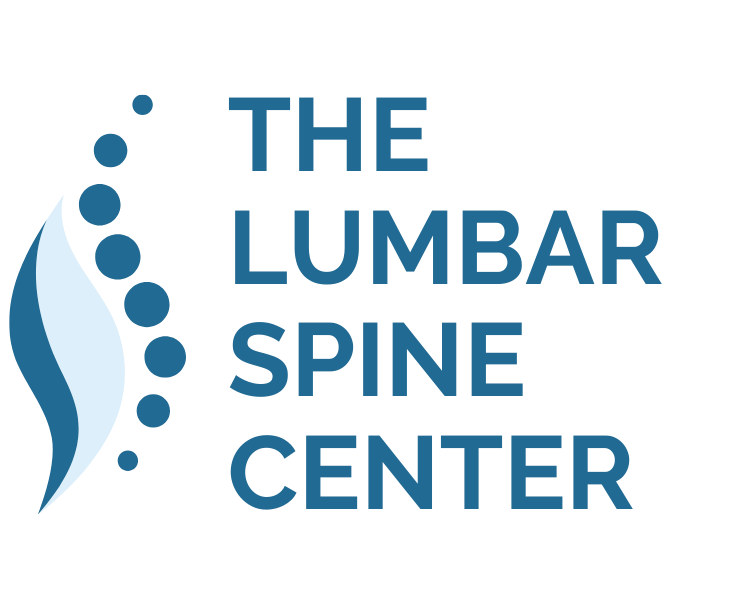What Is Lumbar Fusion?
Lumbar fusion is a surgical intervention designed to stabilize the lumbar spine by permanently joining or fusing two or more vertebrae together. The procedure aims to alleviate pain and improve spine stability, often by eliminating motion between the affected vertebrae.
Indications for Lumbar Fusion:
- Degenerative Disc Disease: Lumbar fusion may be recommended for patients with severe degenerative disc disease, where the intervertebral discs in the lower back break down, leading to pain and instability.
- Spinal Stenosis: When spinal stenosis (narrowing of the spinal canal) in the lumbar region causes pain, weakness, and difficulty walking, fusion may be considered.
- Spondylolisthesis: This condition involves one vertebra slipping forward onto another. Fusion can realign the vertebrae and prevent further slippage.
- Fractures: In cases of severe lumbar fractures or trauma, fusion may be necessary to stabilize the spine.Tumors and Infections: Fusion can also be used to treat spinal tumors or infections that affect the lumbar spine.
The Surgical Procedure:
During a lumbar fusion procedure, the surgeon accesses the spine through an incision in the lower back. Here are the key steps:
- Vertebrae Preparation: The surgeon removes the damaged intervertebral disc between the affected vertebrae, creating a space for bone graft material.
- Bone Graft: A bone graft is placed in the gap where the disc used to be. This graft can come from the patient’s own bone (autograft), donor bone (allograft), or synthetic material.
- Instrumentation: In many cases, the surgeon may use screws, rods, or other implants to stabilize the vertebrae and promote fusion.
- Fusion Process: Over time, the bone graft material and the patient’s own bone will fuse together, creating a solid bridge between the vertebrae. This process typically takes several months.
Recovery and Rehabilitation:
After lumbar fusion surgery, patients will need to undergo a period of recovery and rehabilitation. This may include physical therapy, pain management, and lifestyle adjustments. It’s essential to follow the surgeon’s post-operative instructions carefully to optimize the chances of a successful fusion and minimize complications.
Potential Risks and Benefits:
Like any surgery, lumbar fusion carries risks, including infection, bleeding, and complications related to anesthesia. However, it can provide significant benefits by reducing pain, improving spinal stability, and enhancing overall quality of life for patients with certain spinal conditions.
In conclusion, lumbar fusion is a surgical procedure used to stabilize the lumbar spine and alleviate pain caused by various conditions. It is typically considered when conservative treatments have been ineffective, and the decision to undergo surgery should be made in consultation with a qualified healthcare provider after a thorough evaluation of the individual’s condition.









